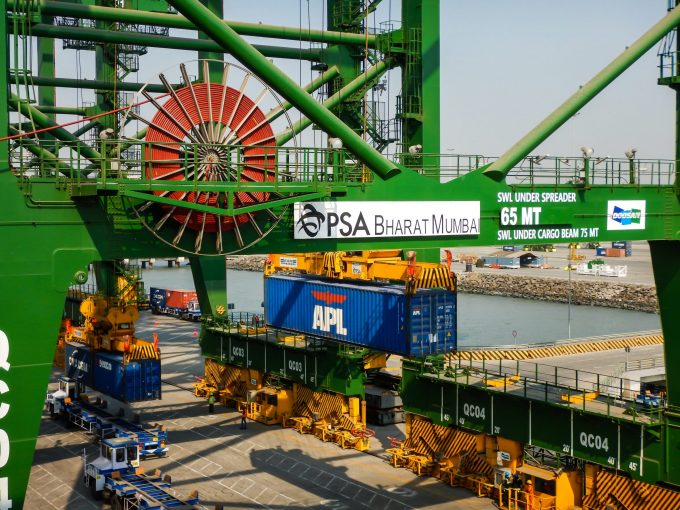CMA CGM to reflag box ship as the French carrier eyes growing Indian market
The box carrier heavyweights appear to be increasingly romancing the Indian market, with trade indicators ...

In a significant move that could reinvigorate the modal freight shift from land to sea, PSA International’s Bharat Mumbai Container Terminals (BMCT) in India’s Jawaharlal Nehru Port Authority (JNPA)/Nhava Sheva has started to use barges to transport containers from Goa, which usually feeds cargo to Sri Lanka’s Colombo Port.
The sea-route connection began with the MV Hope Seven – a barge owned by Hansa Shipping – which berthed at BMCT on Thursday.
“The weekly service between Goa and PSA Mumbai shall benefit ...
Maersk u-turn as port congestion increases across Northern Europe
Apple logistics chief Gal Dayan quits to join forwarding group
Maersk Air Cargo sees volumes fall as it aims for 'margin in favour of revenue'
Houthis tell Trump they will end attacks on Red Sea shipping
Transpac rates hold firm as capacity is diverted to Asia-Europe lanes
Airlines slash freighter capacity post-de minimis, but 'the worst is yet to come'
MSC revamps east-west network as alliance strategies on blanking vary
India-Pakistan 'tit-for-tat' cargo ban sparks sudden supply chain shocks


Comment on this article